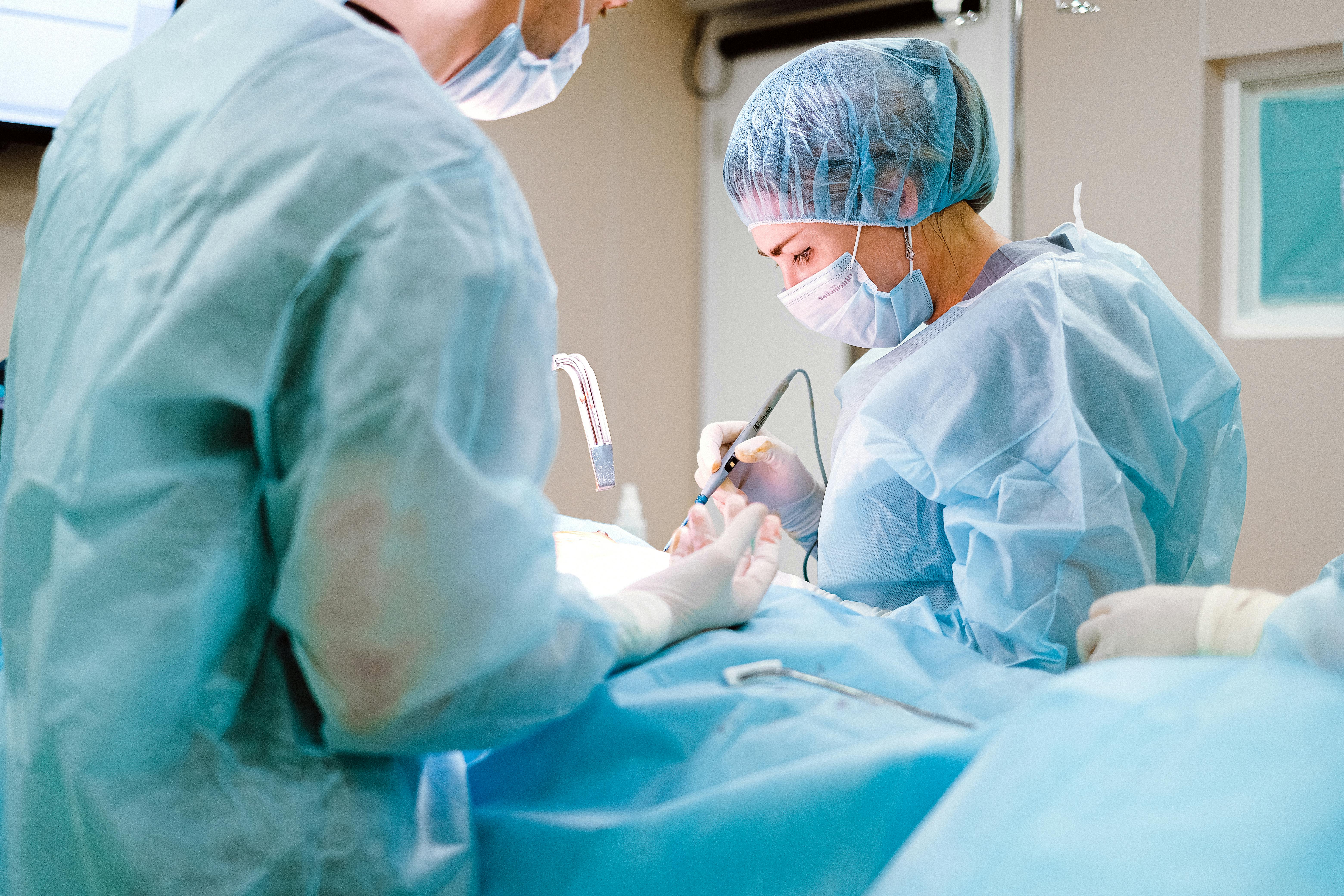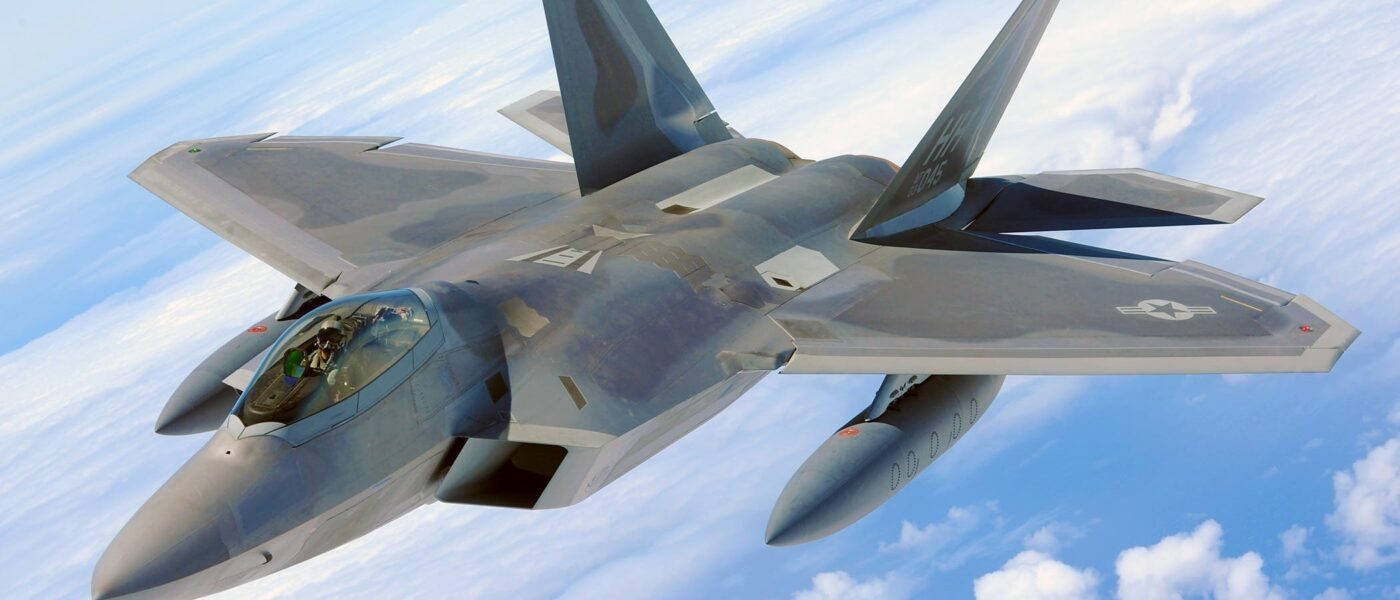What Is A Feature Of Gastric Surgery For The Treatment Of Clinically Severe Obesity?
Stroking the fabric of understanding on the matter of severe obesity, this article unveils the characteristics of gastric surgery as a means of treatment that saves lives by actively combating obesity. We paint riveting strokes of knowledge, transcending mere statistics to demystify this life-altering surgical procedure and its role in the battle against the grim odds of early mortality due to obesity.

Definition of Gastric Surgery
Gastric surgery is a term we use to describe a collection of procedures, predominantly surgical, that aims to alter the structure and functioning of the stomach. The intention is to reduce the volume of the stomach and to change the process of digestion to assist in significant weight loss.
Explanation of Gastric Surgery
Gastric surgery is typically recommended for individuals living with clinically severe obesity, where diet, exercise, and medication have not been successful. While the specifics depend on the type of surgery, the main principle is to limit how much food your stomach can hold at any given time. Some procedures also inhibit the absorption of calories, further aiding in weight loss.
Different Types of Gastric Surgeries
In our exploration of this subject, we will explore some of the most common types of gastric surgeries, including gastric bypass, gastric sleeve, and lap band surgery, giving a brief overview of their differences and similarities.
Features of Gastric Surgery
Procedural Aspects
One of the primary features of gastric surgery is the alteration of the stomach’s size or functionality. This can be achieved through removal of portions of the stomach, band placement to constrict its size, or rearranging of the digestive system. The procedures are generally carried out under general anesthesia and can take between one to three hours.
Recovery Aspects
Recovery from gastric surgery is a milestone journey. After the procedure, hospital stay is commonly 2 to 3 days. It will take several weeks before you can return to your routine with additional time needed for your body to adapt to the smaller stomach.
Long Term Impacts
Gastric surgery is a tool for weight loss and not a cure for obesity. Its long-term success hinges heavily on one’s commitment to a healthier lifestyle, including a balanced diet and regular exercise.

Types of Gastric Surgeries
Gastric Bypass
Gastric bypass, also known as Roux-en-Y gastric bypass, is one of the most common gastric procedures. The stomach is divided into a small upper pouch and a larger lower pouch, and the small intestine is rearranged to connect to both.
Gastric Sleeve
Gastric sleeve surgery, or sleeve gastrectomy, involves the removal of a large portion of the stomach, leaving a banana-shaped “sleeve” that can hold about 10% of its original volume. It notably curbs hunger by also reducing levels of ghrelin, the “hunger hormone.”
Lap Band Surgery
In lap band surgery, an inflatable band is placed around the upper portion of the stomach, creating a small pouch that limits the amount of food consumed. Unlike other surgeries, the lap band procedure doesn’t alter the body’s ability to absorb nutrients from food.
Expected Outcomes of Gastric Surgery
Expected Weight Loss
The objective of gastric surgery for clinically severe obesity is significant weight loss. Patients may lose 60-80% of their excess weight, depending on the type of surgery and their commitment to lifestyle changes.
Changes in Digestive System
Gastric surgery alters the digestive system functionally and physically, affecting the quantity and speed at which food is digested and nutrients are absorbed.
Changes to Metabolism
Metabolism also undergoes changes after gastric surgery. Some of these adjustments work to enhance weight loss, such as decreased ghrelin production, and increased production of hormones that create feelings of fullness.

Risks and Complications of Gastric Surgery
Short Term Risks
Shortly after surgery, risks may include infection, bleeding, and reactions to anesthesia. Other complications may include blood clots, lung or breathing problems, or leaks in the gastrointestinal system.
Long Term Risks
Long-term risks may include nutritional deficiencies due to poor absorption of nutrients, dumping syndrome, gallstones, and development of hernias.
Preoperative Aspects of Gastric Surgeries
Eligibility for Surgery
Gastric surgery is generally reserved for people who are severely overweight and have not seen success with traditional weight loss methods. Recommendations usually include a Body Mass Index (BMI) of 40 or above, or a BMI of 35 or more along with severe weight-related health problems.
Pre-surgery Diet and Lifestyle Modifications
Prior to surgery, patients are usually required to follow a specific diet to reduce the amount of fat around the liver and spleen. Also, lifestyle modifications such as quitting smoking can lessen surgical risks.

Postoperative Aspects of Gastric Surgeries
Recovery Time
Recovery time varies across individuals and surgeries. Generally, patients can return to normal activities within six weeks post-surgery.
Post-surgery Diet
A significant change to dietary habits is required post-surgery. Initially, a liquid diet to allow the stomach to heal is prescribed, transitioning to pureed food, then to a long-term plan of small, high-protein, low-sugar meals.
Implications for Lifestyle
Undergoing gastric surgery entails a commitment to a healthier lifestyle by incorporating regular exercise, portion control, and good nutrition.
Long-term Impact of Gastric Surgery
Impact on Weight
Weight loss is most rapid in the first few months after surgery and continues progressively for up to two or three years.
Impact on Comorbidities
Gastric surgery can help improve or even resolve weight-related health issues such as diabetes, hypertension, and sleep apnea.
Psychological Impact
For many, the dramatic weight loss leads to an increase in self-confidence, but it can also result in unexpected emotional changes or even depression. Regular follow-up is crucial in managing these psychological changes.

Comparison of Different Gastric Surgeries
Comparative effectiveness
Each type of gastric surgery has different rates of weight loss, impacts on comorbidities, and side effects. The choice of surgery depends on individual factors, including overall health, BMI, lifestyle, and surgeon’s expertise.
Comparison of Risks and Complications
Every surgery has its risks and complications. While gastric bypass may lead to higher weight loss, it potentially carries significant nutritional deficiencies. Lap band surgery includes minimal alteration of the digestive system but may result in band slippage or intolerance.
Latest Advances in Gastric Surgery
Non-Invasive Methods
Newer approaches aim at minimally invasive or even non-invasive methods to treat obesity, such as endoscopic sleeve gastroplasty, that reduce risk and recovery time while still achieving substantial weight loss.
Technological advancements in Gastric Surgery
Technological advances like robotic surgery aim to bring more precision and fewer complications to gastric surgery. These advancements continue to push the boundaries of what is possible, therefore, consistently improving patient outcomes and their overall quality of life.
In conclusion, when looking at gastric surgery for the treatment of clinically severe obesity, remember that it is a tool, and not a cure. The journey starts with the surgery, but the key to lifelong success lies in embracing and maintaining a healthier lifestyle postoperatively.

